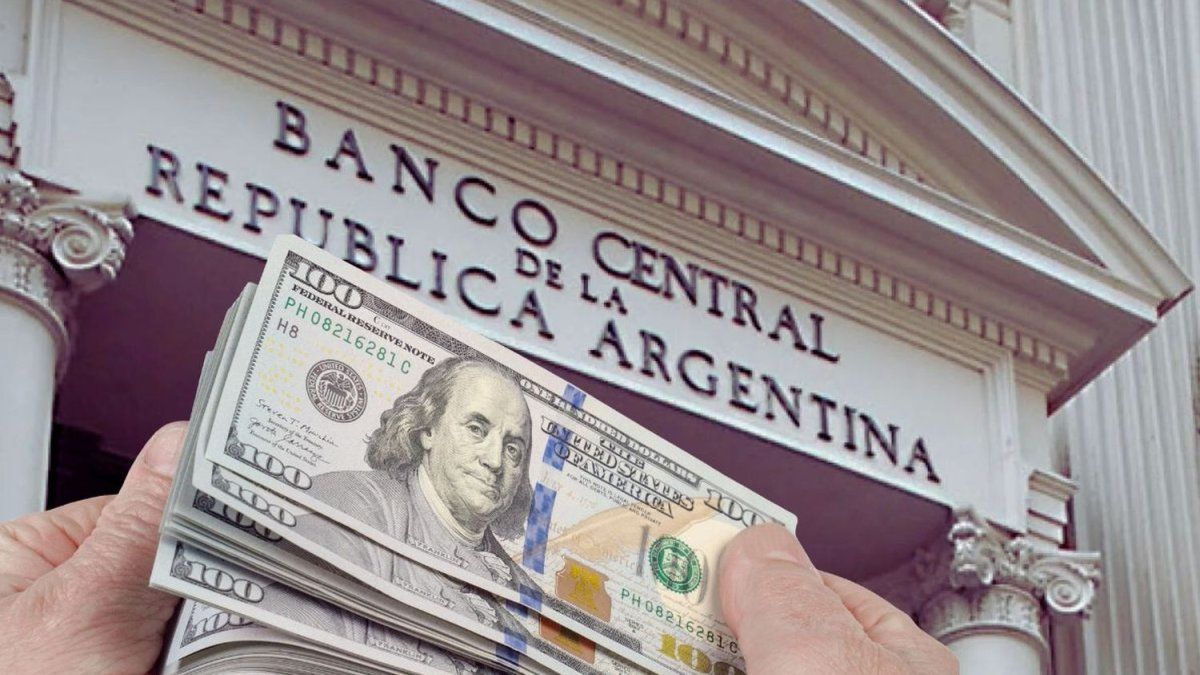The spokesmen of Cryptomarket, Bitwage and Koibanxleading companies in the fintech and crypto ecosystem, gave their opinion on CBDCs, within the framework of the announcement by the Minister of Economy and presidential candidate, Sergio Massa, who said he will send to Congress a bill to create an electronic national currency.
Central banks and the launch of CBDCs
For Guillermo Escudero, Regional Operations Manager at CryptoMarket“more than 60 central banks are exploring CBDCs at different levels of maturity. And there are already three active retail CBDC projects: Bahamas Sand Dollar, Bakong Cambodia and Eastern Caribbean DCash and also Saudi Arabia A pilot will begin, but there is no certainty of concrete progress in central banks of reference or of greater importance.
To its turn, Ramiro Raposo, VP of Growth at Bitwagethe pioneer platform in payment of fees in cryptocurrencies, opined that “without a doubt many central banks will move forward with the objective of applying CBDC as they are doing the United Kingdom and many others, but these projects, of course, are not carried out overnight. That will happen and that they will advance in that sense, I am sure so, since it is a great regulatory tool for governments that want to have more control over the crypto market and in turn monetary control.”
CBDC: why pilots are delayed
“Beyond the cost, regulations to take into account and organization that this type of projects imply, there is a dispute with private banks, who would lose power, profits and would see their capital to make loans greatly reduced. “It is possible that some central banks take this into account and decide not to continue so as not to ruin the financial ecosystem and pay high political costs for such implementation,” he said. fox.
At the same time, Squiresaid that the main obstacles are normative and regulatory issues: “Let us remember that in many jurisdictions the crypto market operates without underlying law under the principle that everything that is not prohibited is allowed and this gray also affects CBDC projects. “We live in a world of regulation where the State determines what can and cannot be done, and this also fully impacts its own initiatives.”
In addition to this, there is the GAFFI, which together with its Financial Information Units at the local level, “must establish KYC controls (‘know your customer’ policies) and AML policies (prevention of money laundering), which is why which CBDC projects will not be left out of this framework and may be factors that delay these initiatives,” the expert added.
What advantages can CBDCs offer central banks?
For, Leo Elduayen, CEO and cofounder of Koibanx -leading company in financial tokenization using blockchain technology, CBDCs collaborate with the modernization of payments and promote the inclusion of more people in the digital economy. Besides, “allows governments to have much simpler monitoring of balances, transactions, and asset movements, etc. So, for example, in a certain situation of inflation or fiscal deficit, by having the accounts transparently, monetary and fiscal policies could be applied more efficiently.”
“Regarding privacy, data protection and crime prevention, CBDCs should strike an appropriate balance between safeguarding citizens’ privacy rights and providing the necessary transparency to deter criminal activity,” concluded Elduayen.
Can it be useful to use a digital currency in Argentina?
“No, since this does not generate a solution to inflation or the exchange rate”said Escudero and expanded: “We can have a digital currency tied to the peso, there are even projects running on Live at this time, but what is achieved here is to streamline processes, be more scalable in operations, have lower transaction costs and better times. But beyond this, The structural issues that said fiat currency has due to government issues are not resolved.brought as a result of a monetary issue that generated inflation and that has a high relationship with the exchange rate, which also affects the local currency.”
And he explained: “Let us remember that when the exchange rate is rising, it generates difficulties in the payment capacity of those who have debts in dollars or income in local currency. There is an inverse correspondence between inflation and the exchange rate.that is, an increase in inflation would end up depreciating the currency, since the rise in local prices must lead to an increase in the exchange rate to keep real prices aligned with global prices.”
“It is clear that the Argentine government is already working on its CBDC (or should have started a long time ago), since it is not something that is implemented overnight. If something is announced it is because it is already coming or should be working . But it would imply more control over the movements that users make with the national CBDC due to the traceability of the technology, that can be good or bad depending on how it is applied.”expressed Foxy.
Is the creation of a digital peso for Argentina viable?
“How viable it is, but let’s remember that Stablecoin projects have a reasonable amount of time for their complete assembly and start-up.If it were a private initiative I would say that in 1 year it could be released on Live, but moving a government is like moving an elephant, I don’t see this project as possible in the short term.In addition, they would possibly have to go through the bureaucracy of Congress and the Executive branch, which makes it even more complex,” Escudero said.
“Beyond this, there are neighboring countries that with high digitization achieved a benefit for both society and the Government, but in Argentina this can be instruments that leverage for greater collection and comptroller control, Being a country without money reserves and with little capacity to generate new income, what always happens is to go directly via taxesand a digital currency would control with greater pressure the different actors in our economy,” he concluded.
Source: Ambito




